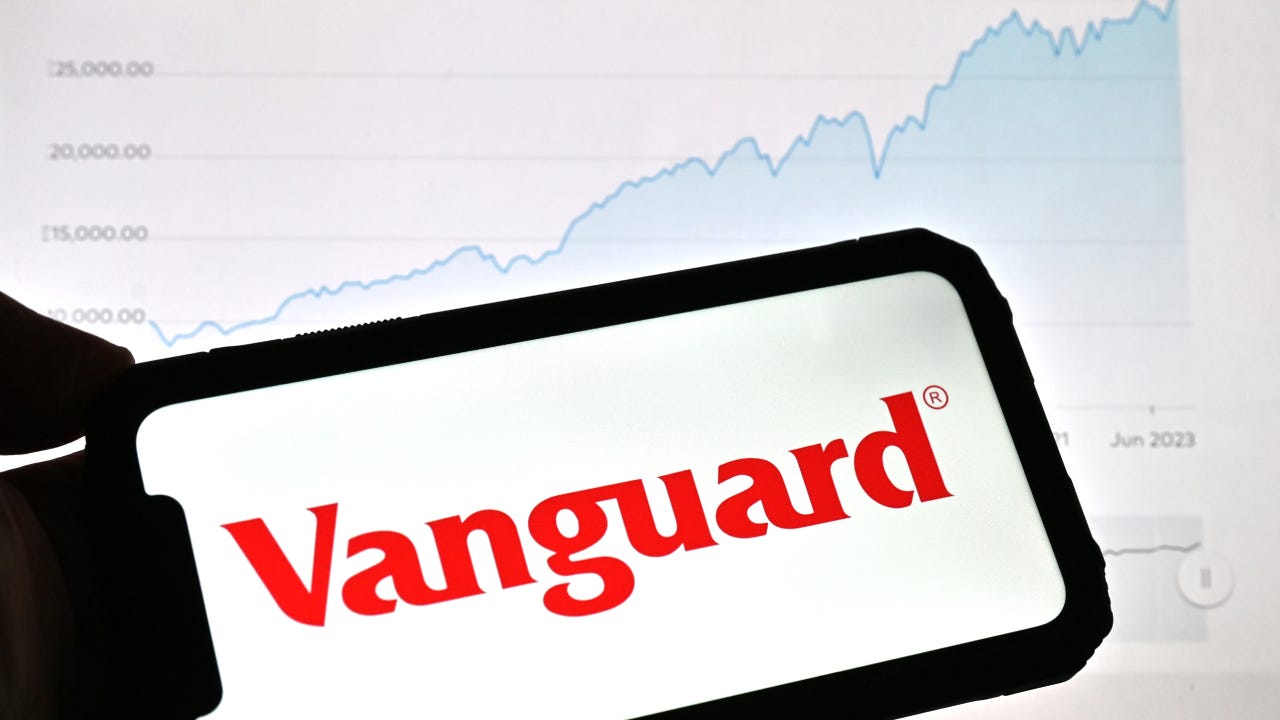What are the world’s largest mutual funds?

The world’s largest mutual funds run hundreds of billions of dollars, even into the trillions. Mutual funds remain one of the most popular ways to invest, and they allow new investors to earn strong returns often at low cost, even without much investing expertise or knowledge.
Here are the world’s largest mutual funds and whether or not you should invest in them.
The world’s largest mutual funds by assets
| Fund (ticker symbol) | Assets under management | Expense ratio | 10-year average annual returns |
|---|---|---|---|
| Source: Morningstar, as of Feb. 27, 2024 | |||
| Vanguard Total Stock Market Index (VTSAX) | $1.47 trillion | 0.04% | 11.9% |
| Fidelity 500 Index (FXAIX) | $484.4 billion | 0.015% | 12.0% |
| Vanguard 500 Index (VFIAX) | $398.4 billion | 0.04% | 12.7% |
| Vanguard Total International Stock Index (VTIAX) | $398.1 billion | 0.11% | 4.3% |
| Vanguard Total Bond Market II Index (VTBIX) | $274.7 billion | 0.09% | 1.3% |
| Vanguard Institutional Index 1 (VINIX) | $269.6 billion | 0.035% | 12.7% |
| American Funds Growth Fund of America (CGFFX) | $267.5 billion | 0.73% | 12.6% |
These mutual funds are all index funds, a category of funds that invests in a preset index of securities – stocks or bonds – rather than having fund managers actively choose investments. An index fund simply tries to match the performance of the index it’s tracking rather than trying to beat it. This passive approach tends to outperform the active approach, and can still earn strong returns, as you can see with double-digit annual returns over time. Passively managed funds can also keep fees low for investors, as evidenced by these mostly low expense ratios.
In fact, four of the funds above track the Standard & Poor’s 500 Index, a collection of around 500 of America’s largest companies. The S&P 500 has risen an average of 10 percent over time. Other funds are based on the total stock market or the total international stock market, while one fund tracks a bond index, and therefore has lower long-term returns. When you buy these funds, you effectively own a piece of the individual securities making up the fund.
These funds offer broad diversification, meaning they invest in a wide variety of stocks and bonds across industries. Diversification reduces risk, though the funds will still fluctuate.
For investors, the reason to own large funds is to earn strong returns with low fees, and most of the funds fit that description. With the largest mutual funds you can earn good returns without needing to do much research, as you would when investing in individual stocks and bonds.
Should you invest in the largest mutual funds?
The world’s largest mutual funds manage a huge amount of money, topping the amount run by the world’s largest exchange-traded funds (ETFs). But their size doesn’t necessarily make them a top investment. The Vanguard Total Bond Market II Index has returned just over 1 percent per year for the last decade, falling well short of some of the stock funds’ returns. So you may be able to find better returns by investing in the best mutual funds or the best ETFs.
And since the largest mutual funds often invest in the largest companies – names including stocks among the Magnificent 7 stocks – you may find attractive returns outside this area. For example, it may make sense to find funds that invest in smaller companies that may be able to deliver attractive returns, such as the best small-cap ETFs. These smaller companies may outperform when the large-caps are out of favor, giving you the benefit of diversification.
So the fact that these funds are the largest doesn’t make them an immediate buy. But funds tracking indexes that have performed well over time, such as the S&P 500 or Nasdaq, may be worth exploring further. In fact, superinvestor Warren Buffett has recommended that individual investors buy S&P 500 index funds and then add to the fund over time.
Bottom line
The world’s largest mutual funds track the most popular stock indexes such as the S&P 500, meaning that they can be a good way to invest in those indexes. But the fund’s size by itself doesn’t make it a buy, and investors should carefully look at the funds’ long-term returns as well as its cost when determining where to invest their money.
A financial advisor can help you navigate the best investments and find what works best for you. Bankrate’s financial advisor matching tool can connect you to qualified professionals in minutes.
Editorial Disclaimer: All investors are advised to conduct their own independent research into investment strategies before making an investment decision. In addition, investors are advised that past investment product performance is no guarantee of future price appreciation.






